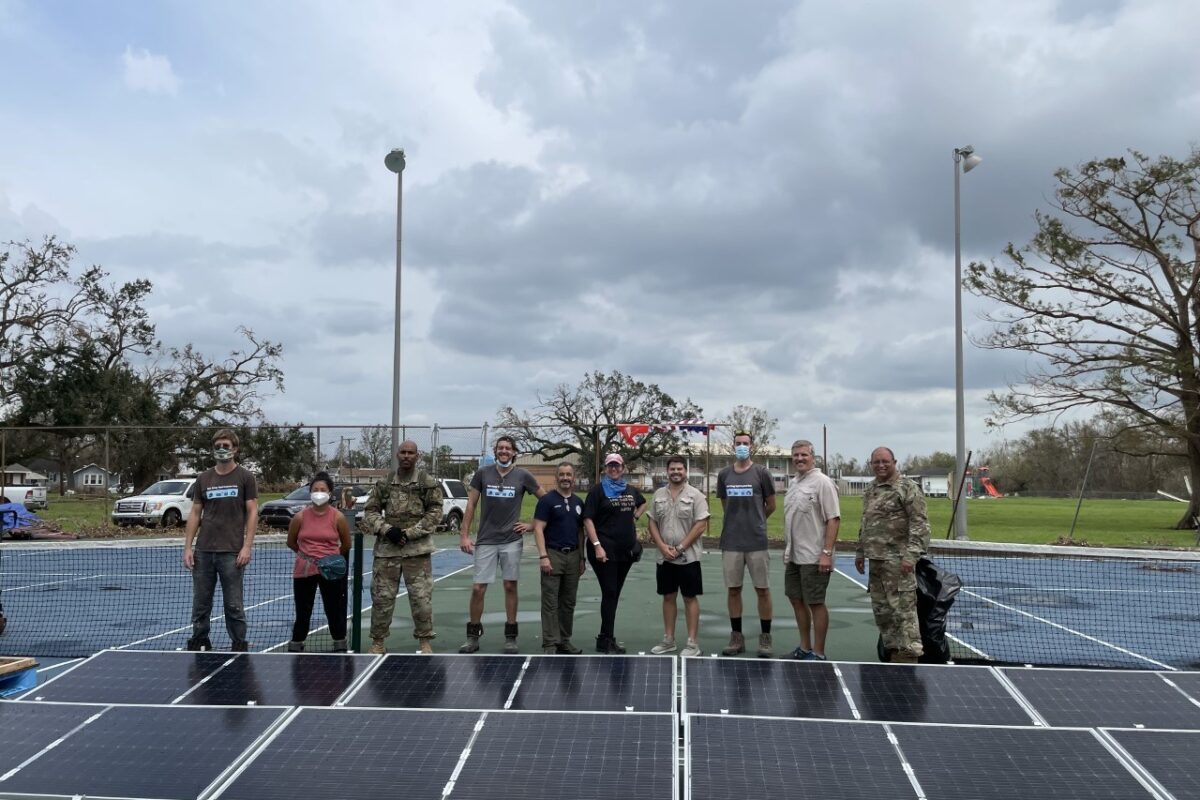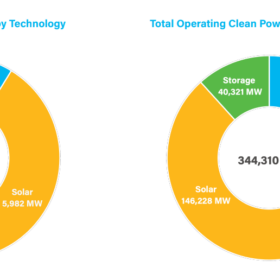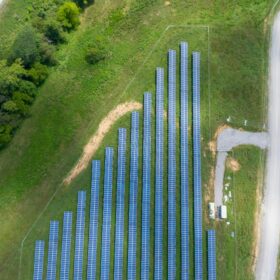Researchers led by Dartmouth College in the United States have identified zintl-phosphide (BaCd2P2) as a potential new absorber material for thin-film solar cells after conducting a high-throughput (HT) computational screening among 40,000 promising inorganic materials.
“Based on its dopability, this material could be used as a p-type absorber layer for pn junction cells or as an intrinsic absorber layer for p-i-n cells,” the research’s corresponding author, Zhenkun Yuan, told pv magazine.
The group selected the inorganic materials from the Materials Project database, which is an open-access database describing material properties that can be used to accelerate the development of a given technology by predicting how new materials, both real and hypothetical, can be potentially utilized.
Through the screening, the scientists initially identified materials that offer a suitable band gap, small effective masses, and promising defect properties. “Among these promising candidates, we select the zintl-phosphide (BaCd2P2) and explicitly show that the computed nonradiative recombination rates in BaCd2P2 are better than or comparable with those in high-efficiency solar absorbers such as the halide perovskites,” they explained.
After identifying the material, the group found that zintl-phosphide can be very stable both in air and water. “You can put it out for six months and it will stay the same,” added co-author Geoffroy Hautier. “When you don’t have to worry about moisture and air contamination, that significantly reduces your costs.”
By conducting bright photoluminescence (PL) and time-resolved microwave conductivity (TRMC), it also found the material has a potential energy bandgap of 1.45 eV and a carrier lifetime of up to 30 ns.
“All of these results indicate that BaCd2P2 is a promising high-performance solar cell absorber with the potential to open a new avenue in PV for an entire family of Zintl AM2X2 solar absorbers, where A and M are +2 ions and X is a pnictogen,” the researchers said.
“We won’t have it as a solar panel tomorrow,” added Hautier, “but we think this family of materials is exceptional and worth looking at.”
Their findings were presented in the paper “Discovery of the Zintl-phosphide BaCd2P2 as a long carrier lifetime and stable solar absorber,” published in Joule.
This content is protected by copyright and may not be reused. If you want to cooperate with us and would like to reuse some of our content, please contact: editors@pv-magazine.com.









By submitting this form you agree to pv magazine using your data for the purposes of publishing your comment.
Your personal data will only be disclosed or otherwise transmitted to third parties for the purposes of spam filtering or if this is necessary for technical maintenance of the website. Any other transfer to third parties will not take place unless this is justified on the basis of applicable data protection regulations or if pv magazine is legally obliged to do so.
You may revoke this consent at any time with effect for the future, in which case your personal data will be deleted immediately. Otherwise, your data will be deleted if pv magazine has processed your request or the purpose of data storage is fulfilled.
Further information on data privacy can be found in our Data Protection Policy.